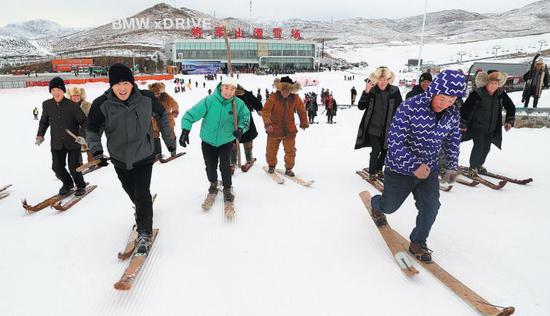
Visitors using fur skis enjoy the snow at Jiangjunshan Ski Resort in Altay prefecture in Xinjiang in 2019. (Photo/China Daily)
From arts and crafts to knowledge and skills, China's intangible cultural heritage is invaluably embedded in its ethnic communities. This series looks at the latest efforts to preserve and promote the country's inherited traditions and living expressions.
Today's skiers and snowboarders are used to relying on ski lifts at resorts to take them to the top of a mountain before experiencing the addictive thrill of swooshing down the mountain.
However, in some snow-covered villages in Altay prefecture of Northwest China's Xinjiang Uygur autonomous region, it's common in winter to see local herdsmen, with planks attached to their feet, climb the snowy slopes without any other form of assistance. And they do so in a relatively nimble way.
The pair of planks are wrapped with horsehide, which serves a double purpose. Remarkably, the horsehide not only can provide friction to prevent skiers from slipping while ascending, but also helps them slide more smoothly down the slopes.
According to rock carvings uncovered in the area by archaeologists, such skis have served for around 12,000 years as a means of transportation for the snowfield inhabitants of Altay, especially those who had to trek a long way in the snow to herd animals or hunt.
The fur skis gradually lost their popularity in recent decades after paved roads linked houses to the outside world. Consequently, craftsmen who made the fur skis had little chance to display their skills.
Now, however, in response to the nation's goal of kindling grassroots enthusiasm for ice and snow sports, Altay plans to protect and promote its skiing culture and better pass along its skiing tradition to future generations.
The prefecture is working to promote itself as the place where skiing might have originated, and it hopes to develop the area as a popular destination for skiers and snowboarders. As a result, the ancient fur skis and the craft of making them have found a new lease on life in modern times.
Silambek Sakish, 67, a herdsman in the village of Lasti in Altay, began to learn the craft at the age of 15 from his father.
"When I was young, most people in my village would wear the fur skis to go out to search for firewood or to graze their animals. Being one of the few families in the village who knew how to make the special planks, we could make money from selling the fur skis every snow season," he recalled.
The skis sold well in the winter, but to prepare for the surge in sales, the family usually began during the summer to dry pine wood in the sun and purchase horsehides from slaughterhouses.









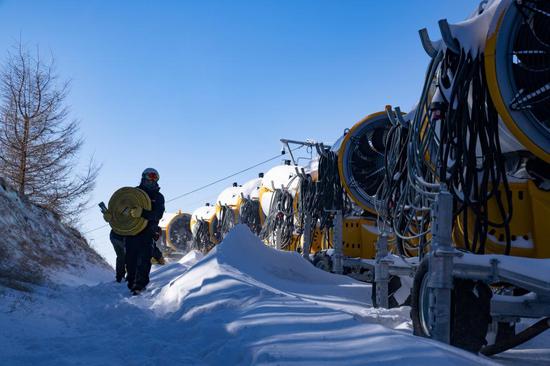
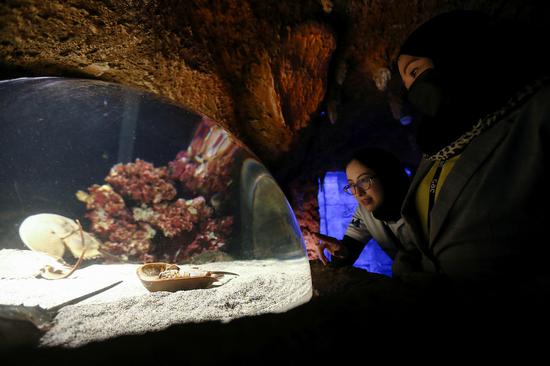
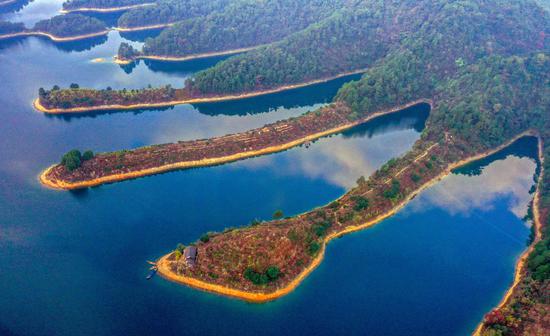






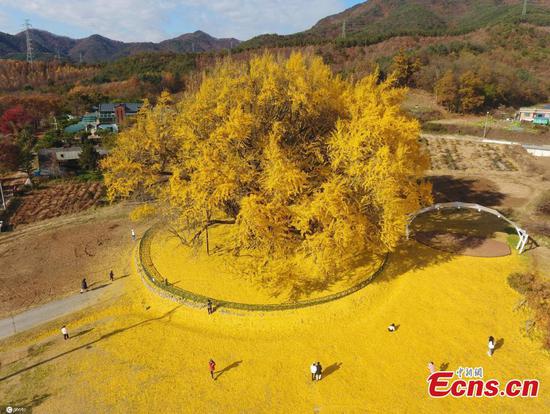
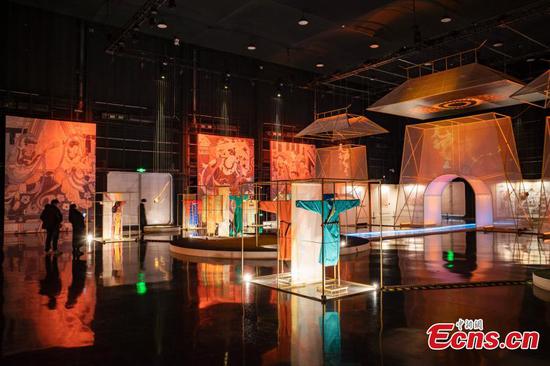





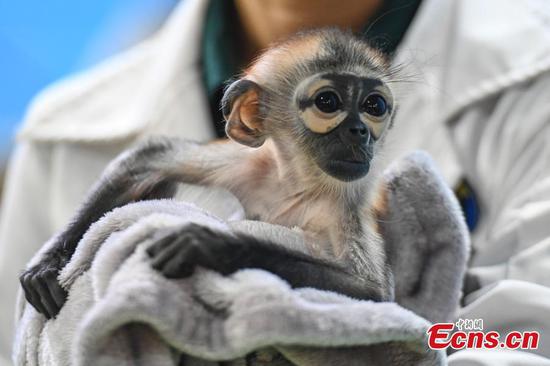
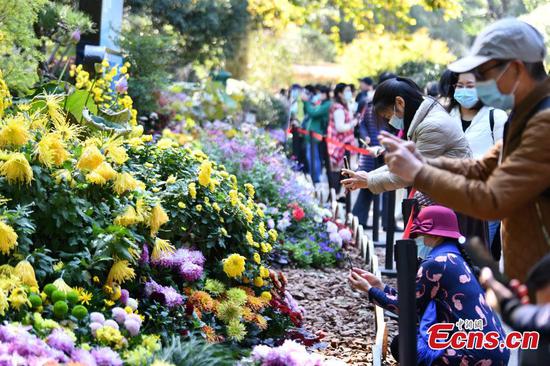

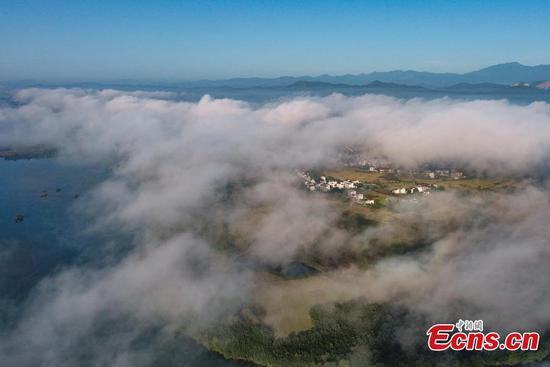






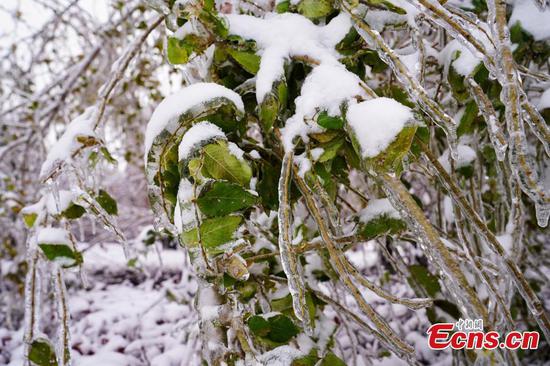








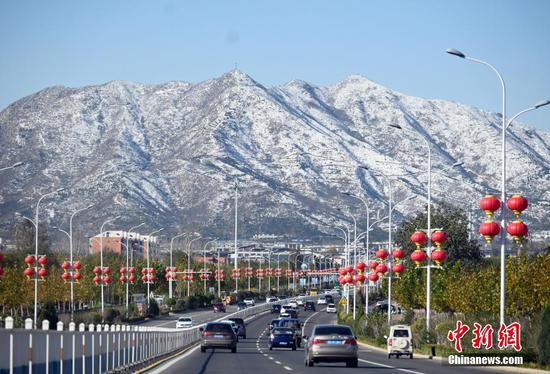





 京公网安备 11010202009201号
京公网安备 11010202009201号